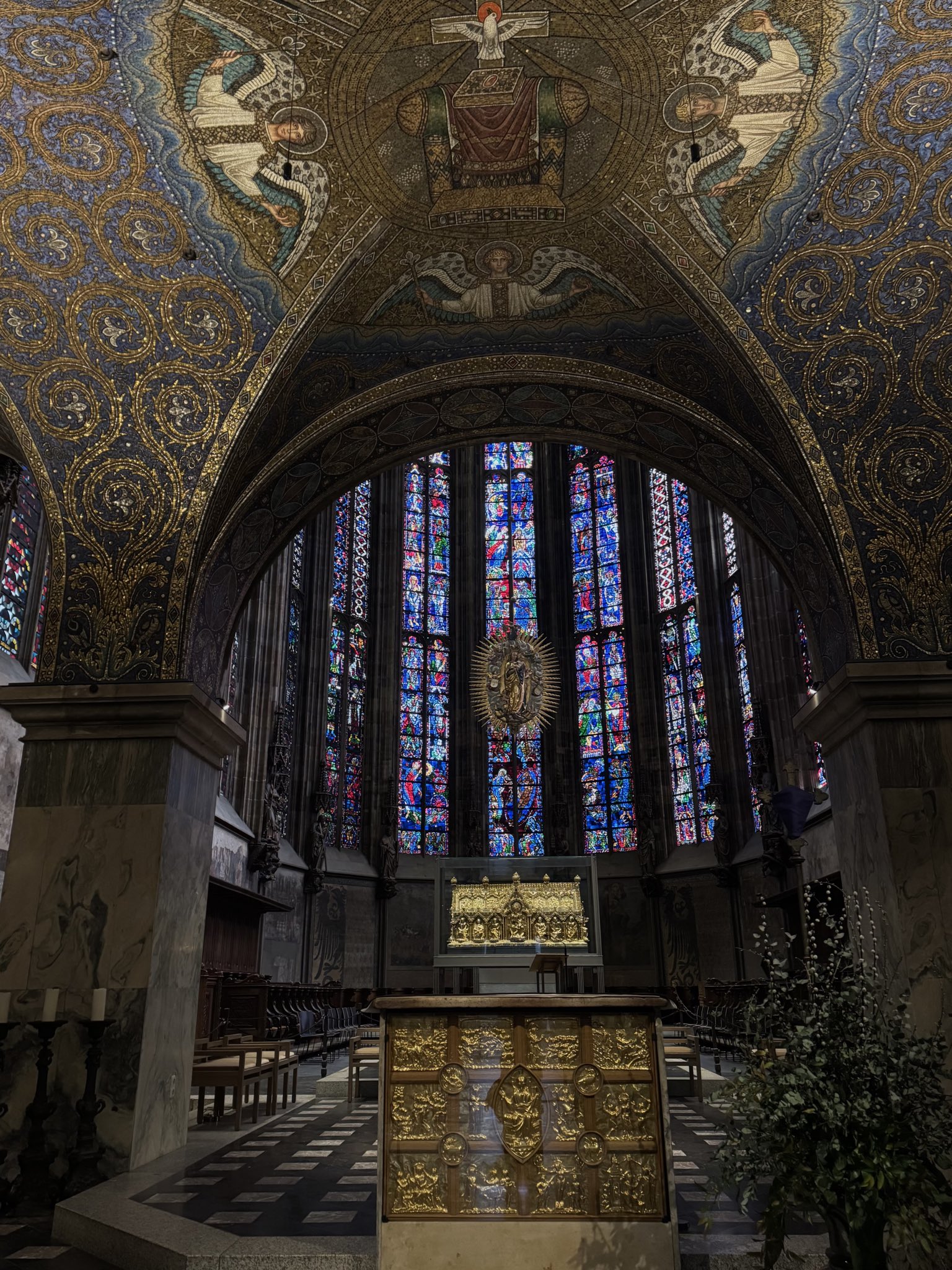Adrian — @deusimpera
If the early Christians walked into your church today…

Would they recognize the worship, the altar, the Sacrifice…

…or would they think they wandered into a lecture hall?
No incense. No altar. No awe.
Just coffee, a random guy yelling while holding a Bible and a projector.
Here is where the early church met according to the New Testament:
| Location |
Scripture References |
Notes |
| Private Homes |
Acts 1:13-14, 2:46, 5:42, 8:3, 10:22-27, 12:12, 16:15, 16:32 16:40, 18:7, 20:8, 20:20; Romans 16:5; 1 Corinthians 16:19; Colossians 4:15; Philemon 1:2 |
Believers met in homes for teaching, fellowship, and breaking bread. |
| Temple Courts |
Acts 2:46, 3:1, 5:12 |
Early Jewish Christians met regularly in the Jerusalem temple. |
| Synagogues |
Acts 13:14-15, 14:1, 17:1-2, 18:4 |
Paul and others preached and taught in synagogues throughout the Roman Empire. |
| Lecture Hall |
Acts 19:9-10 |
Paul taught daily in the hall of Tyrannus in Ephesus. |
| Outdoor Spaces |
Acts 16:13 |
Christians habitually gathered by the river |
By far the most common meeting space was individual homes, especially among Gentiles who didn’t have access to the synagogues and the temple. Paul says that he went from home to home preaching the gospel. When they needed more space, the church met outdoors. And Paul taught in a lecture hall.
There were no altars in those homes. The only incense was prayer and the only sacrifice was the sacrifice of praise and thanksgiving in spirit and truth, as prophesied by Malachi…
Malachi 1:11
For from the rising of the sun even to its setting, my name will be great among the nations. And in every place there will be incense burned for my name, and offerings made that are pure, because my name will be great among the nations,” says Yahweh of Armies.
…and the Psalms…
Psalm 51:17
My sacrifice, O God, is a broken spirit; a broken and contrite heart you, God, will not despise.
Psalm 141:2
May my prayer be set before you like incense; may the lifting up of my hands be like the evening sacrifice.
…and testified by Jesus…
John 4:19-26
Sir,” the woman said, “I can see that you are a prophet. Our ancestors worshiped on this mountain, but you Jews claim that the place where we must worship is in Jerusalem.” “Woman,” Jesus replied, “believe me, a time is coming when you will worship the Father neither on this mountain nor in Jerusalem. You Samaritans worship what you do not know; we worship what we do know, for salvation is from the Jews. Yet a time is coming and has now come when the true worshipers will worship the Father in the Spirit and in truth, for they are the kind of worshipers the Father seeks. God is spirit, and his worshipers must worship in the Spirit and in truth.” The woman said, “I know that Messiah” (called Christ) “is coming. When he comes, he will explain everything to us. [Reference: Deuteronomy 18:18]” Then Jesus declared, “I, the one speaking to you—I am he.”
…and the early church…
Hebrews 13:15
Through Jesus, therefore, let us continually offer to God a sacrifice of praise—the fruit of lips that openly profess his name.
Revelation 5:8
And when he had taken it, the four living creatures and the twenty-four elders fell down before the Lamb. Each one had a harp and they were holding golden bowls full of incense, which are the prayers of God’s people.
There was definitely awe. But it wasn’t in the earthly trappings or the ritual. It was in the heart.
If the early Christians were to walk into the church—my home—they would be welcomed as fellow brothers and sisters in Christ.



There is a spectrum. Meeting in a church building does not de-legitimize a congregation. There are risks to beware of in house churches as well.
We have concluded that a church led by a plurality of elders of equal authority , with Scripture’s clear directives as mediator, and congregational input on bog matters, is the best way to keep a church in the “safe zone”.
Smells and bells are not indicative of worship in spirit and in truth.
Pingback: Church - Derek L. Ramsey
Pingback: Church Attendance - Derek L. Ramsey
Pingback: The Role of the Church in 21st Century America | Σ Frame